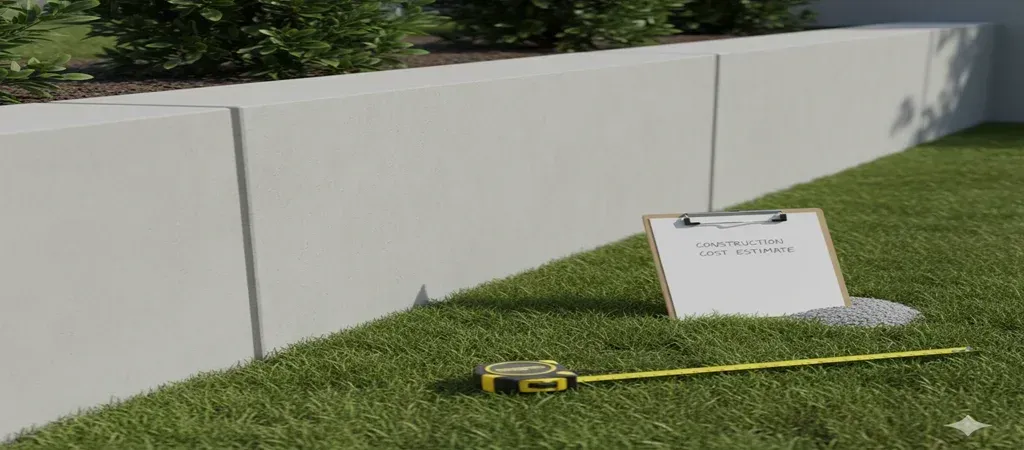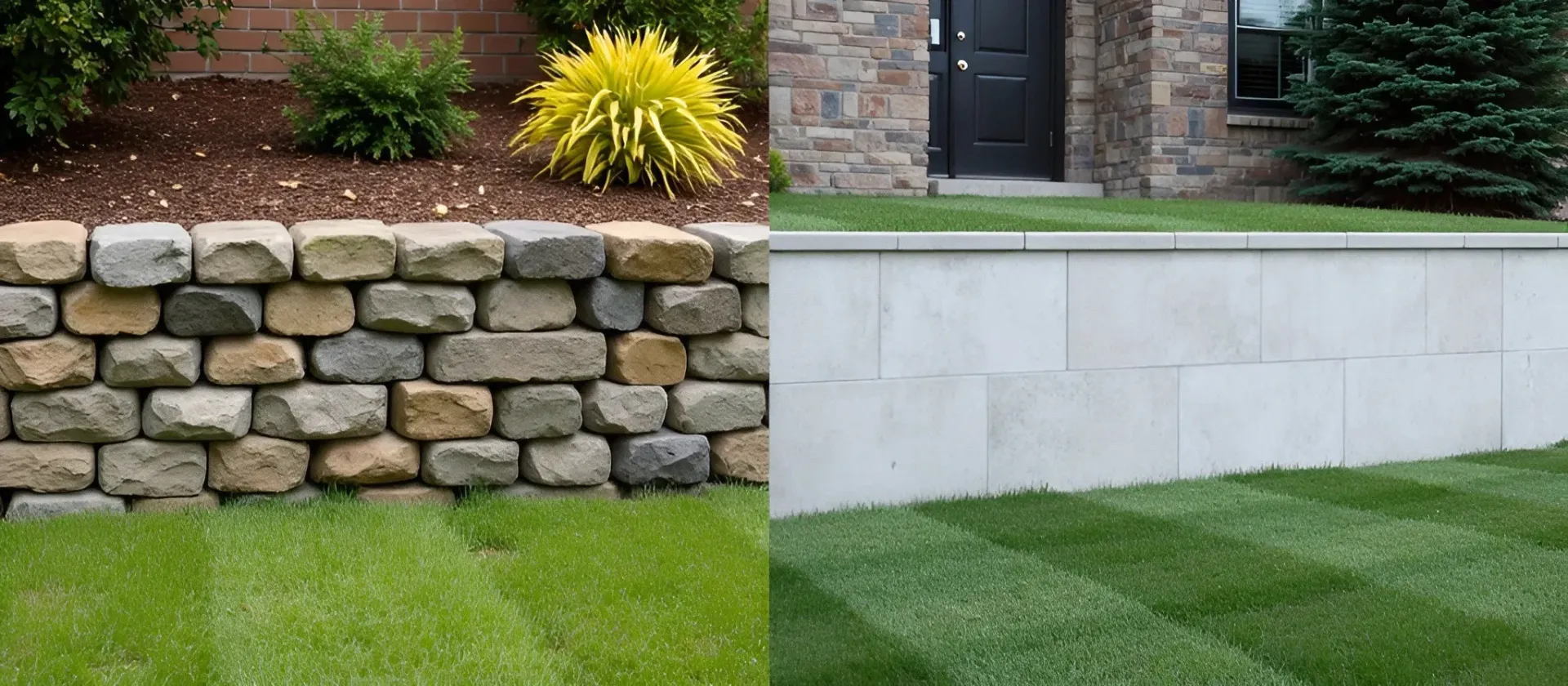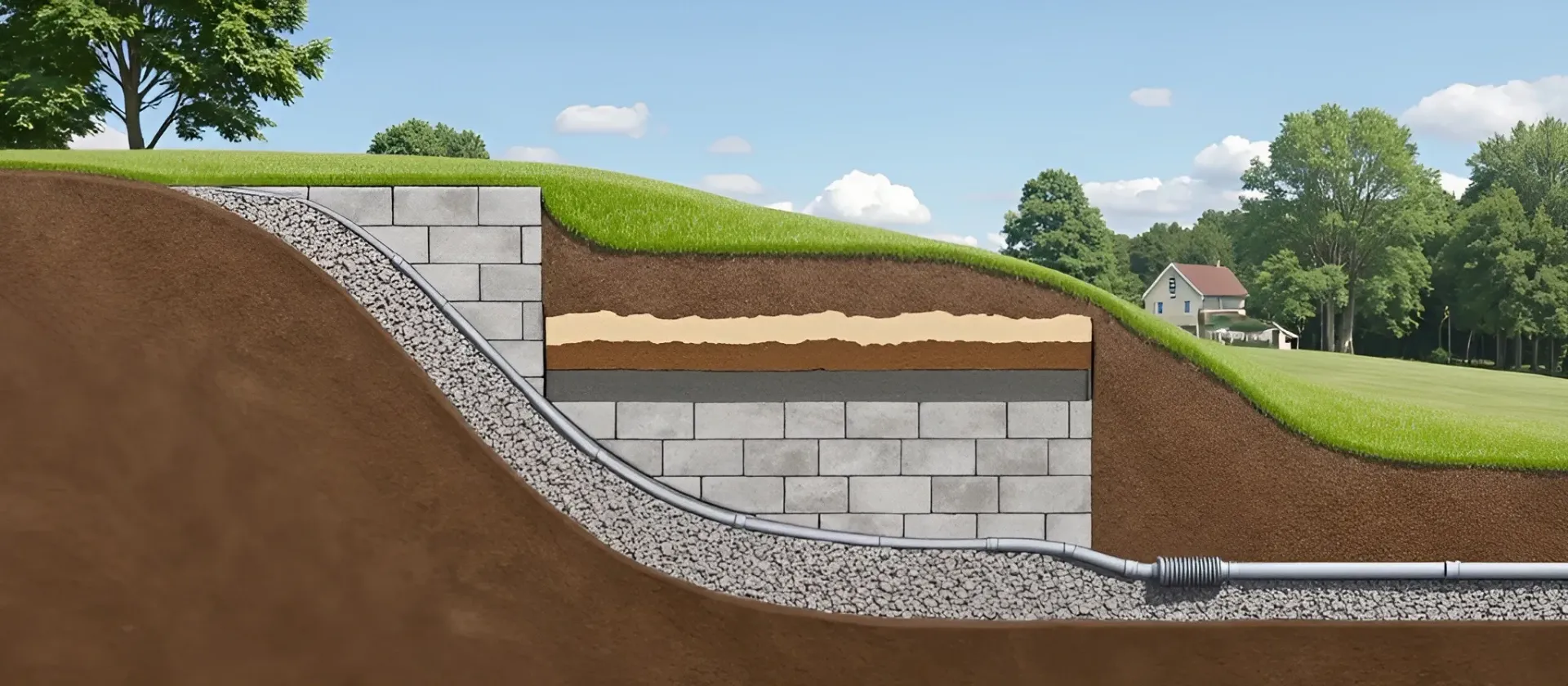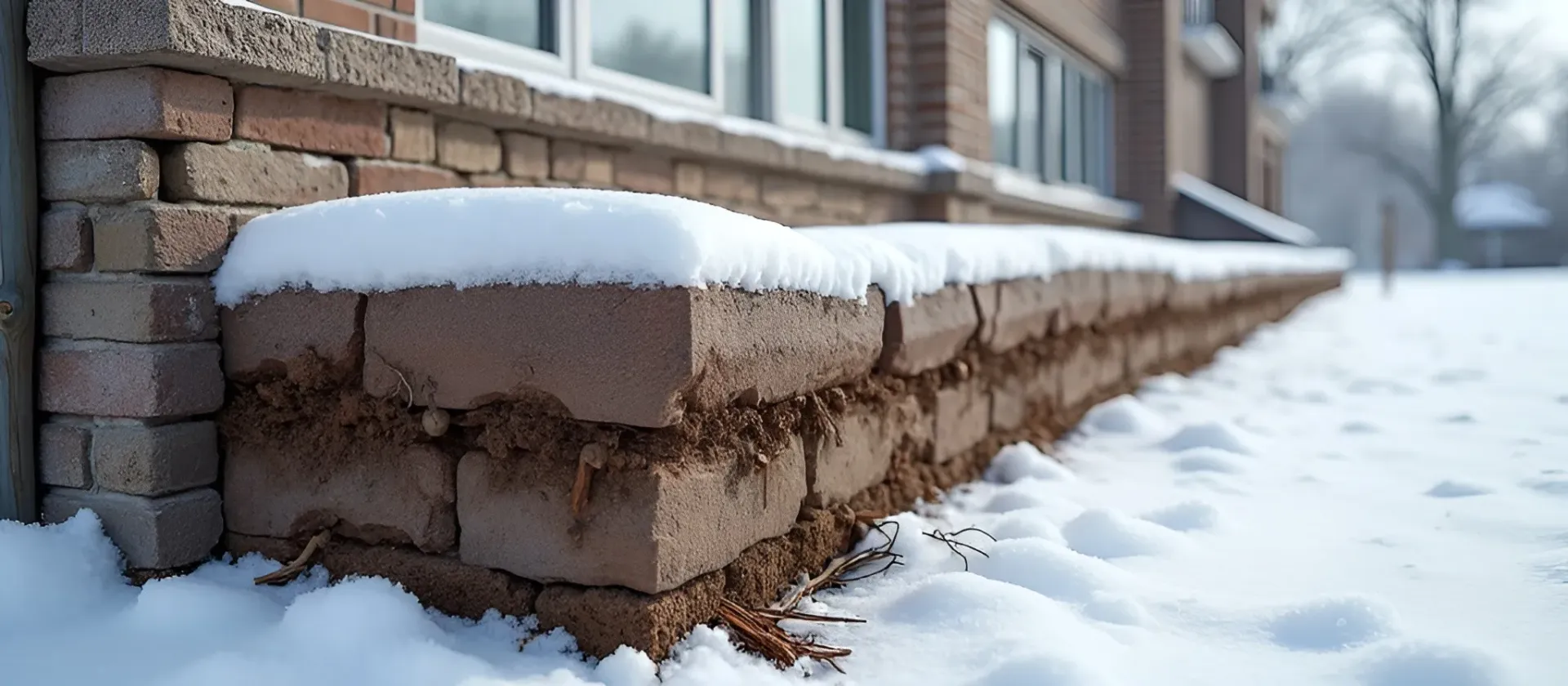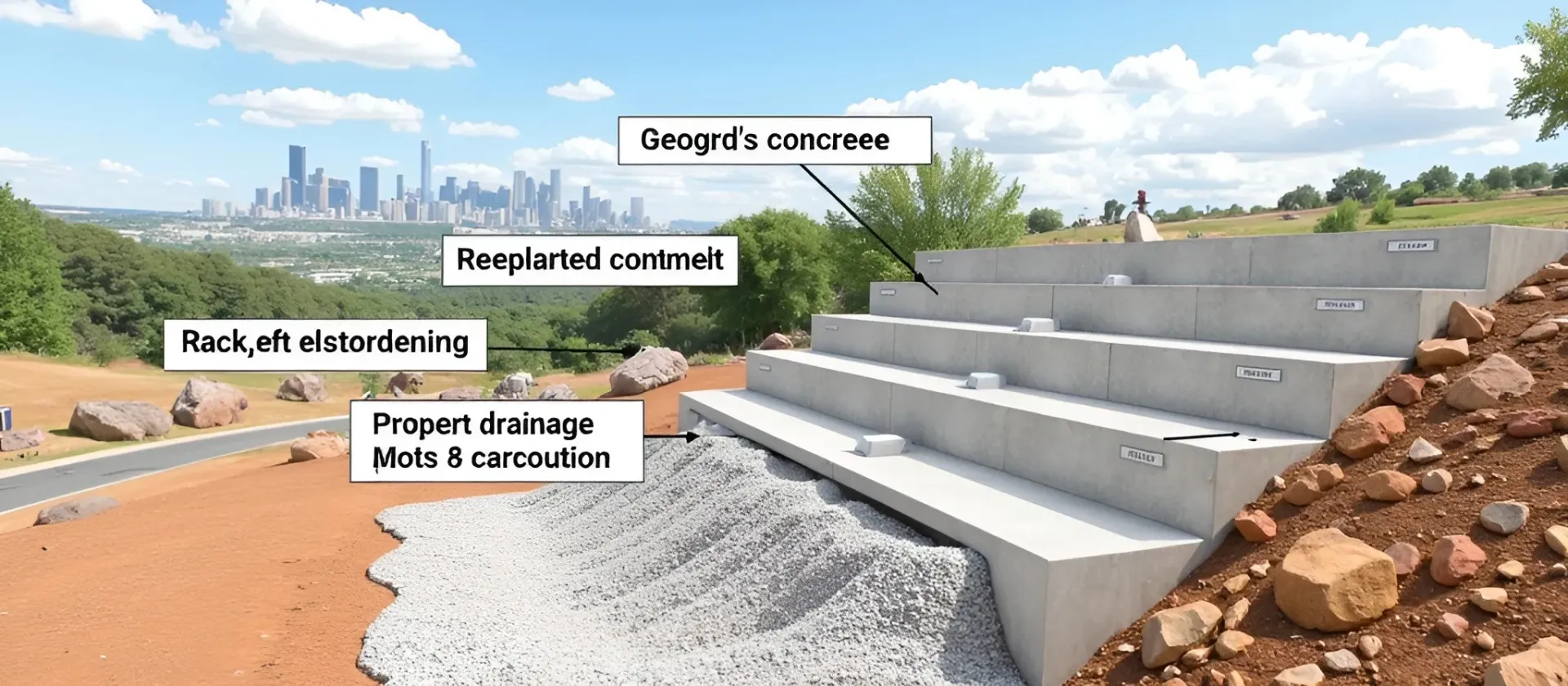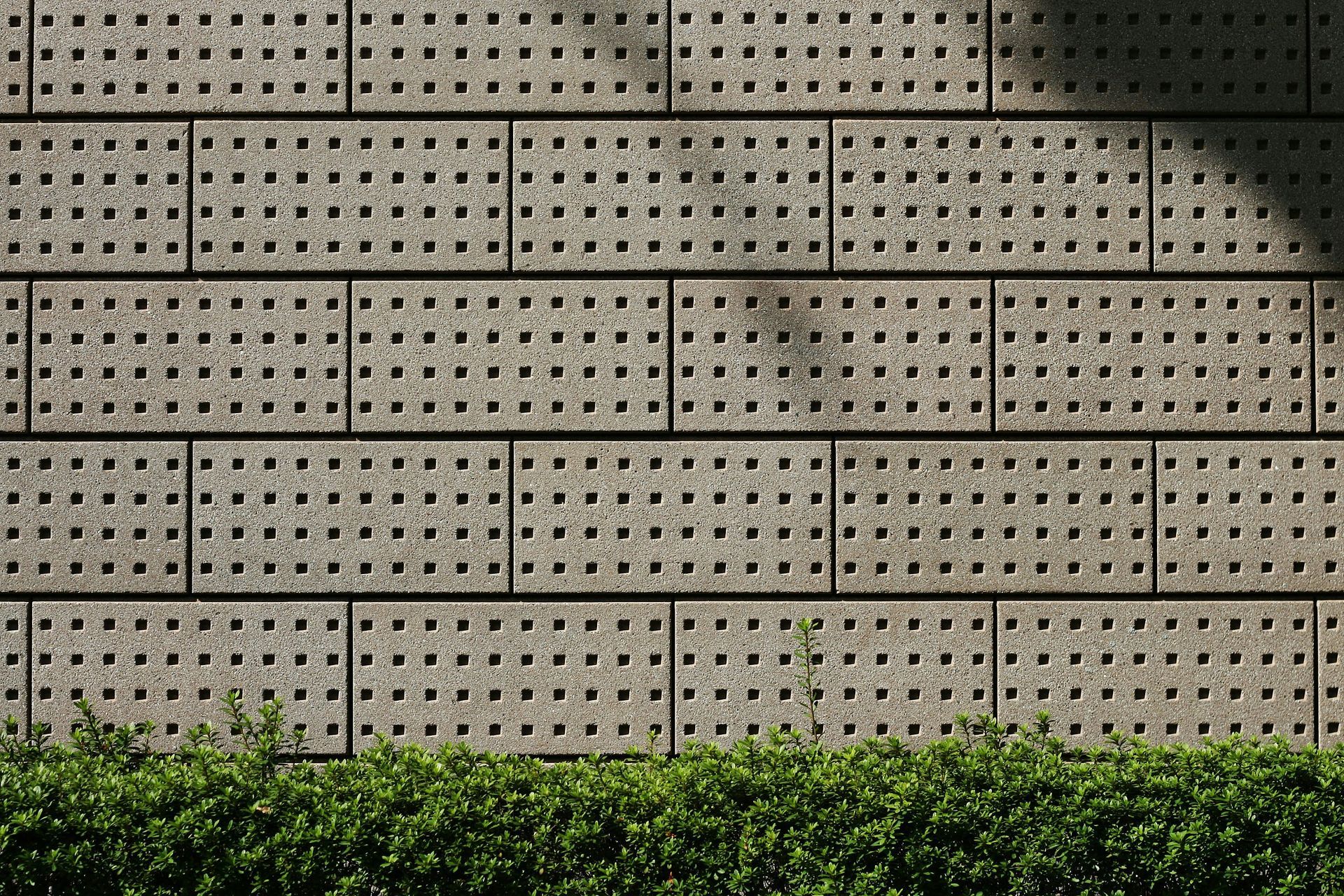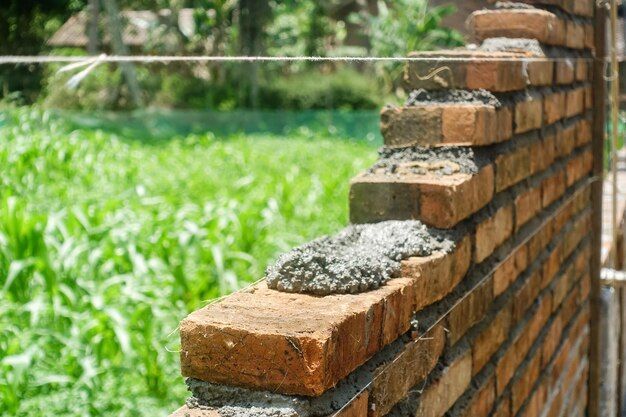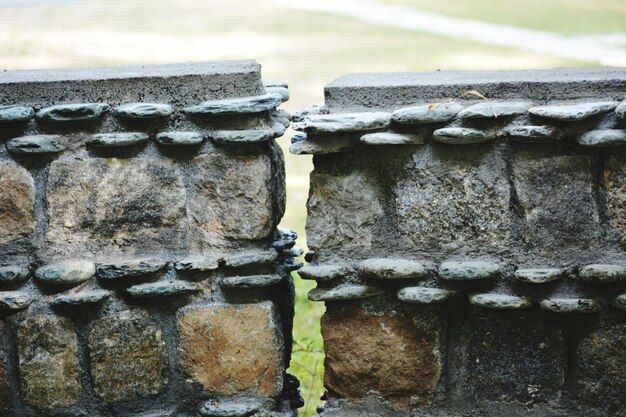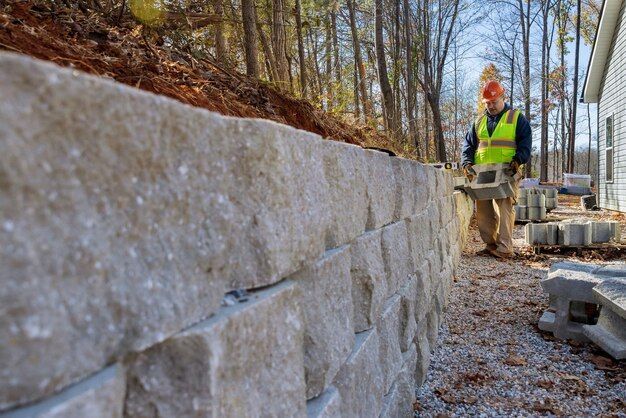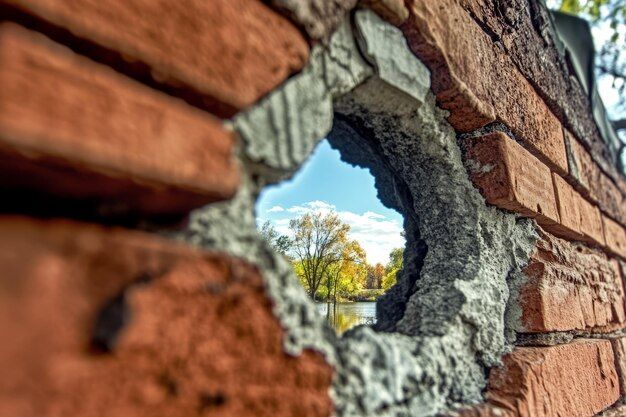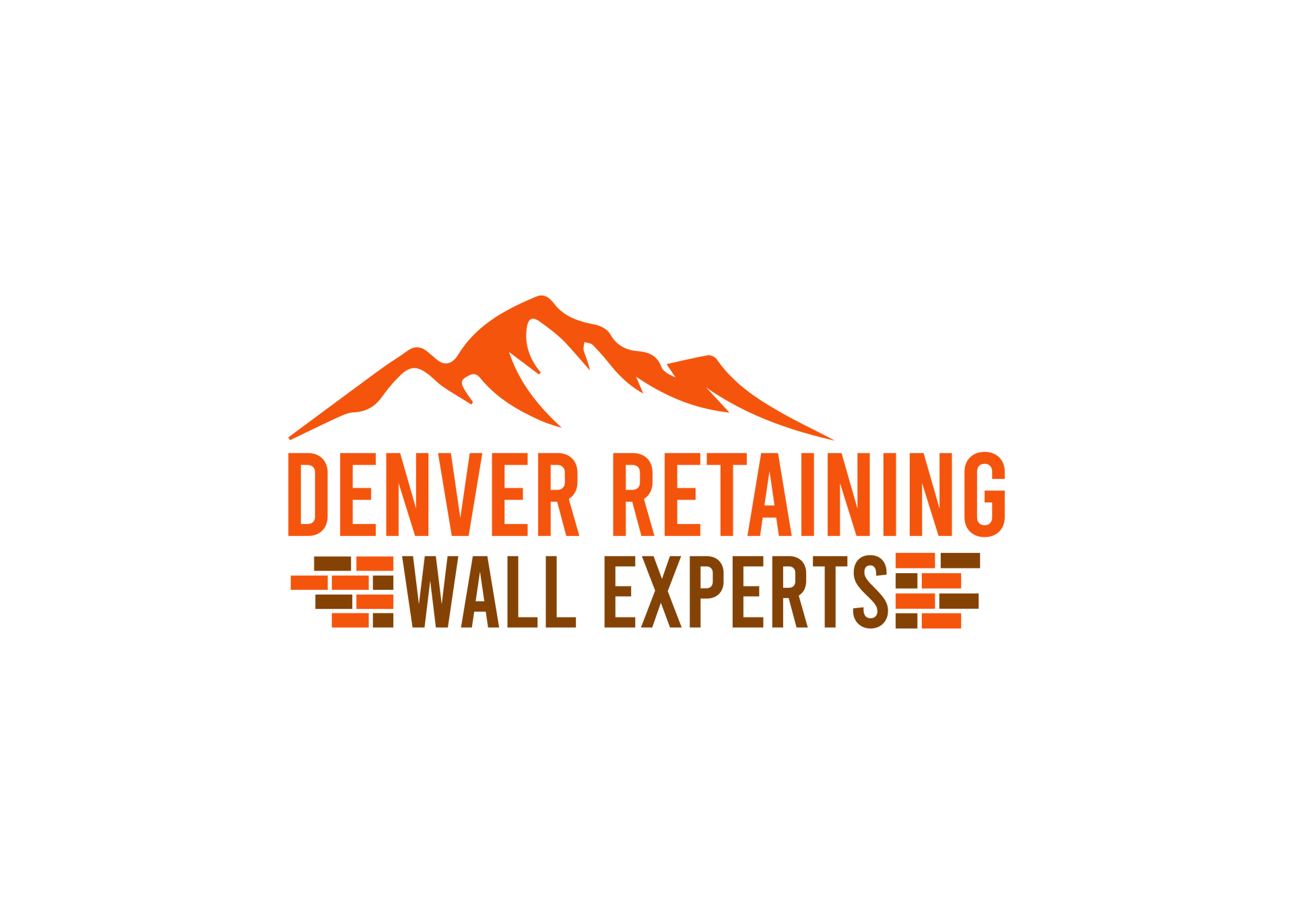Retaining Wall Maintenance Tips for Denver Homeowners
Your retaining wall is like the foundation of a good friendship. Reliable, supportive, and often overlooked. It holds back soil and shields your property from erosion. Moreover, it elevates your curb appeal. But when was the last time you looked at it twice? Probably not recently. And that's okay—we’re here to change that.
Neglecting your wall can lead to an eyesore. It could mean safety risks and expensive repairs down the line. But maintaining your wall isn’t as overwhelming as it sounds. Think of it as showing a little love to an old friend. Let’s dive into some practical, no-fuss tips to keep it in top shape.
Inspect Regularly: Think of It as an Annual Wellness Check
Just like your yearly trip to the doctor, your retaining wall benefits from a thorough check-up. Walk along the wall slowly and look for warning signs. Cracks, bulges, or sections that lean more than they should. Even subtle changes can spell trouble down the road. Especially in Denver, where the freeze-thaw cycles can turn tiny cracks into major issues.
Picture this: after a heavy spring rain, you spot a small crack. Ignoring it is tempting. But that crack could expand. That leads to an expensive repair or even a full wall collapse. Regular inspections help you catch these problems early. So they’re still manageable for you.
Pro Tip: Pay close attention to shady areas or hidden spots. These are often where damage starts but goes unnoticed. Use a flashlight to inspect every corner like a detective on a mission.
Drainage: The Silent Threat You Can’t Ignore
Imagine pouring water into a cardboard box. Eventually, the weight and pressure will break it. Your retaining wall isn’t much different. Poor drainage allows water to accumulate behind the wall, creating pressure that can push it to its breaking point.
Denver’s unpredictable weather makes drainage even more critical. After spring showers or sudden downpours, check weep holes and perforated pipes to ensure water can flow freely. If you notice standing water near the wall, act fast. A little DIY effort—like digging a shallow trench to guide the water away—can prevent a major disaster.
Quick Tip: Think of water as the villain in your retaining wall’s story. Your job? Keep it moving before it causes trouble.
Beware of Plant Intrusions: Nature Isn’t Always Friendly
Have you ever noticed weeds or plants sneaking into cracks in sidewalks? That’s exactly what they do to retaining walls—but with far more serious consequences. Over time, roots expand those cracks, compromising the wall’s strength.
The solution? Denver-friendly plants like creeping thyme or ornamental grasses. These beauties stay shallow-rooted, offering greenery without structural damage. Already dealing with weeds? Pull them out carefully, ensuring you don’t disturb the surrounding soil.
Storytime: A homeowner once ignored weeds sprouting in their wall for a full season. By the time they addressed it, the root system had caused enough damage to require a partial rebuild. Lesson learned: act early.
Backfill: The Backbone of Your Wall
Behind every sturdy retaining wall lies a well-maintained backfill. Think of it as the wall’s spine, distributing pressure evenly and keeping everything in place. Over time, however, erosion or settling can weaken this crucial layer.
Check the backfill periodically, adding fresh soil or gravel as needed. Compact it well to eliminate air gaps, which can compromise stability. For extra protection, install landscape fabric behind the wall—it prevents soil erosion while allowing water to drain freely.
Bonus Insight: Neglecting your backfill is like skipping oil changes in your car. It might seem fine now, but the consequences will catch up to you.
Material-Specific Maintenance: Love the Wall You Have
Retaining walls come in all shapes and materials, and each type requires unique care. Whether yours is wood, concrete, or natural stone, a little maintenance goes a long way:
- Wood Walls: Apply a weatherproof sealant every couple of years to fight off rot and moisture damage.
- Concrete Walls: Avoid using de-icing salts nearby; they might keep ice at bay but can also erode the surface.
- Stone Walls: Check the mortar or adhesive joints and repair any weak spots before they escalate.
Watch Out: Discoloration or staining often signals water damage or mold growth. Don’t ignore these signs. They’re your wall’s way of calling for help.
Know When to Call in the Pros
Sometimes, only hoping for the best is not enough. If your wall is leaning like the Tower of Pisa. Or you spot significant structural damage, it’s time to bring in experts. DIY fixes might work for minor issues. But larger problems demand professional attention.
Denver Retaining Wall Experts specialize in diagnosing and repairing retaining walls. We keep Denver’s unique climate and soil in mind. Our team ensures your wall is as strong as it is beautiful.
Fight Erosion: Don’t Let Denver’s Weather Win
Denver’s fierce winds and rains can erode soil faster than you think. If the soil around your retaining wall is disappearing, it’s a problem.
To fight erosion, use mulch, and ground cover plants. Or landscaping rocks around the base of your wall. These materials slow water flow and keep soil in place.
Extra Layer of Protection: Consider adding a slight slope or grading the ground around your wall to direct water away.
Freeze-Thaw Protection—Denver’s Winter Nemesis
Denver homeowners know the drill: water seeps into cracks, freezes, expands, and makes cracks worse. Before winter hits, seal your wall to minimize moisture absorption.
When spring arrives, inspect for new damage. Early intervention can save you from extensive repairs down the line.
Quick Fix: A simple concrete sealer can work wonders. Just ensure the wall is clean and dry before application.
Why It All Matters
A well-maintained retaining wall looks great. However, It’s more about safety, protecting your property, and saving money on avoidable repairs. Plus, a sturdy wall can boost your home’s value. That means, it’s an investment worth preserving.
Final Thoughts: Your Wall Deserves Expert Care
Your retaining wall works tirelessly to protect your property. So give it the care it deserves. Struggling with a simple tune-up? Or a major repair? Denver Retaining Wall Experts are here to help.
Don’t wait too long. Schedule a consultation today. With a little attention now, your wall can stand strong and beautiful for years to come. Contact us for more info.
